The Bauhaus:- Finally
26.09.2019
Berlin again – I really could make this trip into the city with my eyes closed – I can even remember the names of some of the stations, where to have a coffee and there is a good little gelateria at Berlin Hauptbahnhof to enjoy an ice-cream. Tomorrow I’ll be heading to Dessau, to the Bauhaus, finally so for the rest of the day, just read a book.
There is a bar not far from where I’m staying and it’s time to slake a thirst with a demi-litre glass of pilsner. The bar attendant and I begin talking in German, naturally I thought, when her friend arrives speaking English and she replies in a broad Yorkshire accent. We both laughed but agreed why not? – and continued in a mixture of German and English.
Der Neuemond or New Moon, in English, is a restaurant priding itself on experimental cuisine. Raspberry butter – worthwhile; mushroom ice cream – well, at least I did try it.
27.09.2019.
Another bucket list item ticked off. I’m in the iconic Bauhaus in Dessau. This seems a strange town to have located a building whose influence stretched beyond that of architectural style alone. It’s philosophy, its experimental ethos made it a target for far-right groups in Germany, even before the Nazis seized power, who saw its aims as degenerate and un-German. The tour of the Bauhaus building under the guidance of our Russian guide, Natasha, explains the intentions of Walter Gropius, its founder, a kind of human crucible, to merge appreciation of the arts – textile design, ceramics, painting, photography, architecture and theatre under one roof and to make new forms of these accessible to all. In a historical context, the Russian Revolution is still underway, resulting in a bloody civil war, WW1 has ended; disgruntled war veterans head home to nothing and the old order in Europe is beginning to be swept away – the German Kaiser has abdicated, as has the Emperor of the Austro-Hungarian Empire, which in turn has been broken up into new or re-born states such as Poland, Czechoslovakia and a unified country of southern Slavs, called Yugoslavia; egalitarianism seems unstoppable. The most creative art often arises from turmoil and the 1920’s were certainly a pinnacle of innovative ideas. Gropius deliberately designed the building into two parts, the teaching block and the the workshop block linked by a corridor to represent respectively formality of learning and the free thinking of the workshop where ideas came to fruition. Why choose Dessau? Its was a town where innovations in manufacture were nurtured, it was the headquarters of Junkers, experts in air-conditioning, later converted to war-plane manufacture after the Bauhaus had been closed down. In the early days it fulfilled Gropius’ idea of industrial innovation and art side by side. A replica of Gropius’ desk, wonderfully original but rather impractical, sits in the director’s office.
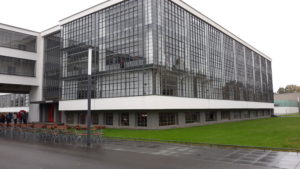
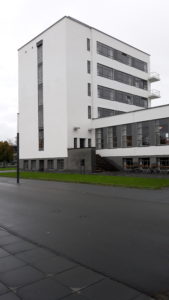
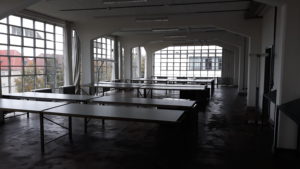
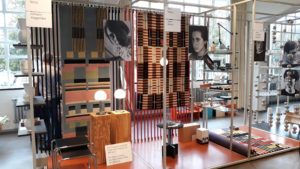
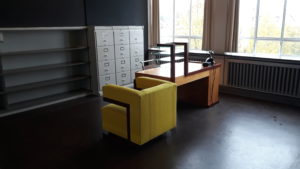
The Master’s houses are situated a ten minute walk from the Bauhaus building and en route we take a slight diversion through the ‘Beckerbruch Park’ a layout in the English style. All four blocks, those of Gropius, the photographer László Moholy-Nagy, the Expressionist painter Lyonel Charles Feininger and the two in a block shared by the abstract artist Wassily Kandinsky and the highly individualist painter Paul Klee whose genre was an eclectic mixture of Expressionism, Cubism and Surrealism among others, have been renovated. You can stare out of the windows overlooking the garden and transport yourself, awe-inspiringly, back to those heady days of artistic revolution.
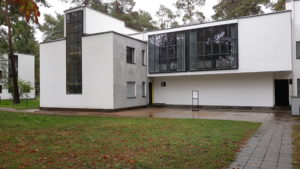
A walk of 1.8km and you arrive at the recently renovated Bauhaus Museum – a real eye-opener. Exhibits of publications, furniture, kitchen utensils, fabrics, paintings, graphics, prints, photographs and films. Experimentation with light and then the costume designs for a ballet ‘Metamorphosis’ depicting with the symbiosis of humanity and technology. The layout is colourful and teasing. Examples of what’s exhibited.
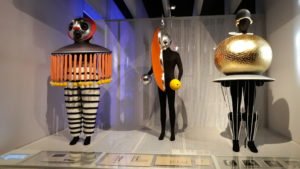

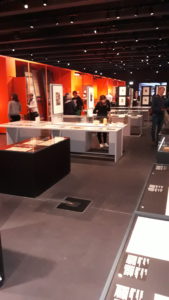
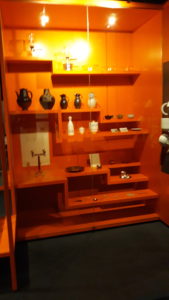
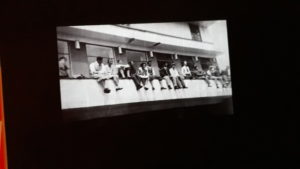
This has absolutely nothing whatsoever to do with family history but it contextualises my father’s early days in Poland as many of these innovations quickly spread to Germany’s neighbours.
28.09.2019
Two buildings I have yet to visit in Berlin; The Museum of Spies in Potsdamer Platz and the Berlin Bunker located in West Berlin, not far from where the Anhalter Station once stood. The Museum of Spies narrates, in exhibition form and plenty of hands-on activities for kids, the history of espionage throughout the ages, starting in Biblical times right up to the present day. I was most interested in the period leading up to WW1 and how paranoid the main powers were of each other’s intentions. It was reason and calming voices that were drowned out with sheer panic. On to WW2 and the mysterious and intriguing figure, Admiral Wilhelm Canaris, who was head of German Intelligence – The Abwehr. German intelligence was heavily compromised due to British Intelligence cracking the ‘Enigma’ code and speculation continues regarding Canaris – was he a double agent? Although nominally a member of the Nazi Party, Canaris was either unhappy with or implacably opposed to Hitler. We all know the evidence of Nazi ideology’s violent anti-semitism but many joined the party not because of this but to further their careers – Oscar Schindler for example and there were others who are remembered at Yad Vashem in Jerusalem in the Garden of the Most Righteous Among the Nations for helping Jews either escape or harbouring them until the end of the war.
More recently there are exhibits of the gadget used by both sides during the Cold War – the camera hidden in the brassiere, in watering cans or infra red cameras which could identify people in darkened rooms. The gadgets in the James Bond movies are not that far fetched.
There are also humorous touches too, such as the entry ticket to the exhibition which says ‘Burn on the way out’.
And so on to the Berlin Bunker which asks the question – Hitler, How Did It Happen? And goes on to provide the answer. A quiz question appeared recently – What was the cause of WW2? It gave four options:-
-
The Great Depression
-
WW1 not resolved
-
Germany wanted revenge for the war reparations as it said it had not been defeated. The High Command decided to stop fighting
-
All of the above.
The answer is number 4.
This was only a short return to Berlin as I fulfilled my desire to visit the Bauhaus. As far as my family history is concerned everything is connected.
Ends

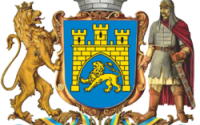
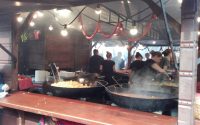
What nice! Somebody with the same name!